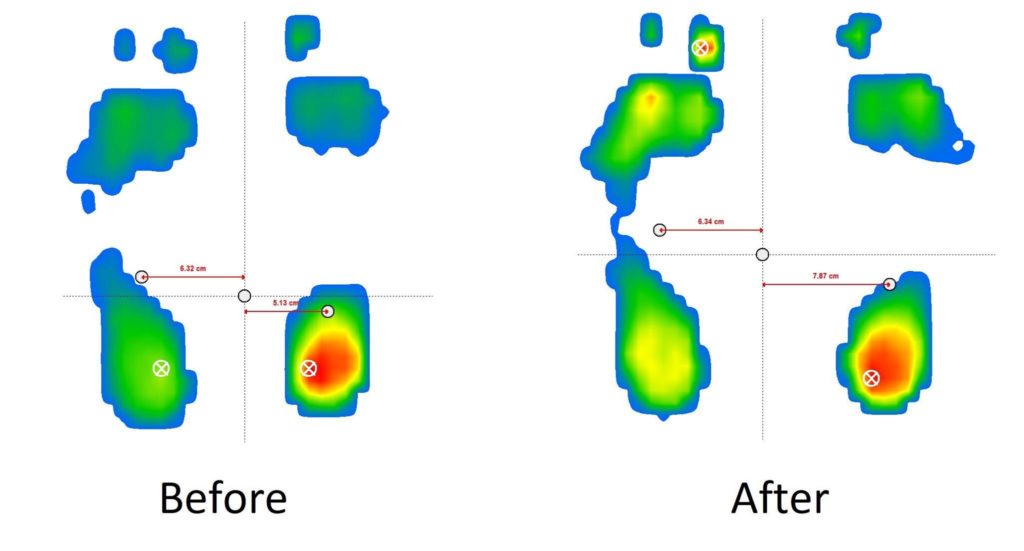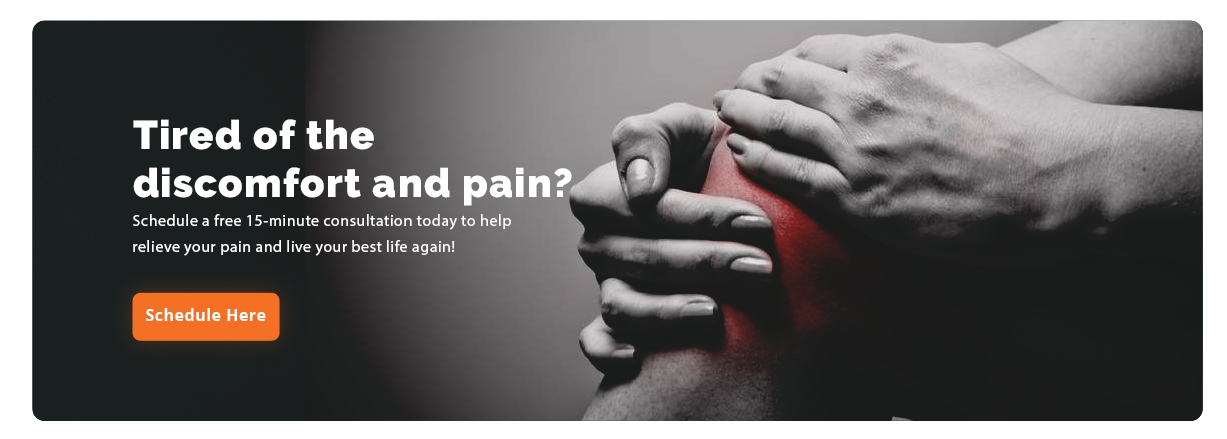We are told that the mind and the body are connected, but perhaps we are not told how deeply they are connected. On the surface level, the mind is of course connected to the body. I tell my hand to move in my brain, and it moves. Everyone understands this to be true.
At the next level of mind-body connection, we know that our stress response affects our physical body – and indeed science backs this up with a plethora of research. The story goes: we get an email in our inbox from our boss, our heart rate elevates, we may start to sweat – yet we remain at the desk with no accompanying physical activity that usually (evolutionarily speaking) would accompany the stress response. The buildup of nervous energy and stress chemicals (cortisol, adrenaline, etc) without release (exercise) causes an imbalance leading to poor health. Most people understand this to be true, though they may not know what to do about it.
The next level is unknown to most (never heard of it) and if they have heard of it they likely don’t believe it to be true. I call this the emotional-physical level. As we go through our day-to-day lives, thoughts are continuously entering our mind. Think of these thoughts as predictive patterns generated by the brain that help us deal with problems (obtain food), protect ourselves from threats (survive), and predict the future (ensure long term survival). This thought-stream, which has been modified based on previous experience, will carry with it certain emotional themes – themes which when viewed in the big picture of someone’s life – make total sense. Let’s say our thought-stream carries an emotional theme of fear. Fear because our parents raised us to fear them, or fear due to a traumatic injury that we still struggle with, or any number of other trauma. As this construct of fear grows, it becomes unmanageable by the brain alone. So we “compartmentalize” it, and outsource management of the problem to another organ. Not the physical aspects of the organs (though they will be affected) – but special receptors on the organ known as visceral referred pain receptors (VRP).
Ever hear of someone with ulcers who suffers from anxiety?
The stomach’s VRP’s are being so heavily recruited to deal with anxiety that it becomes unable to properly signal the presence of, and fend off H. pylori – a bacteria which is actually present in most of our stomachs, but usually kept at bay.
You may be wondering how this affects us from a musculoskeletal perspective – so let’s use an example:
Ever have a really bad stomach ache? The kind that has you doubled over in pain? Ever try and extend your spine? It hurts, a lot. The pain in your stomach gets worse! Your abdominal muscles are protecting your stomach by contracting – and thereby affecting your ability to extend your spine. You brain interprets whatever is happening in the stomach as painful and signals you to do whatever you can to protect it. Flex your stomach muscles (pain decreases a little), place your hand on the stomach (better yet). Extending your spine and baring your stomach to external threats – more dangerous, more pain.
If you are familiar with gait cycles you can imagine how this (now) mechanical restriction in your spine will have downstream effects on your ability to externally rotate your hips, flex your knees, and pronate your feet.

Now for a concrete case study:
Last week a new client came in suffering from back pain. She was a victim of the fires in Paradise, and having gone through that experience before I knew there would be some emotional things going on. Physical assessment revealed an inability to laterally flex the spine, and lots of tension in the left low back near the kidney VRP. Some questions and neurological assessment revealed she was experiencing a mental-emotional theme of “dread”. We identified the things necessary for treatment, and after 3-4 minutes and some tears – she breathed a deep sigh of relief.
She walked around afterwards with noticeable changes in her movement, though they were difficult for her to describe. Knowing that this kind of work can seem strange, and not-tangible – I wanted to show her some hard data of exactly how tangible it was. So we did another force plate scan (part of the physical assessment) and the change in her foot scan was huge.
I have dozens of examples of shifts like this, where the only intervening treatments were cognitive/emotional in nature. My purpose in writing this is to impart the importance of our mental health, and its profound connections to the physical body.
Building Awareness: Simple Steps to Strengthen the Mind-Body Connection
One of the most accessible ways to foster the mind-body connection is through intentional awareness practices. Engaging in mindfulness exercises, such as deep breathing or meditation, can bring attention to the sensations in the body and the thoughts in the mind, creating an integrated sense of awareness. By routinely practicing mindfulness, individuals can begin to identify physical responses that accompany certain thoughts or emotions—like the slight tensing of the jaw when stressed or the relaxed breath when calm. These awareness practices can serve as a foundation for recognizing patterns and eventually responding in ways that promote physical relaxation and mental clarity.
Movement and Release: Exercises to Support Emotional Processing
Incorporating movement that encourages flexibility and release—such as yoga, tai chi, or even gentle stretching—can further enhance the mind-body relationship. When the body moves in ways that open up tense areas, such as the chest and hips, it creates a sense of freedom and helps release stored stress or emotions. Certain yoga poses, for example, focus on hip opening, which is associated with emotional release in traditional practices. Regularly practicing these types of movement can encourage both physical and emotional resilience, allowing the body to let go of stress and reduce the “compartmentalization” of unresolved emotions that can contribute to physical pain.
Practical Mind-Body Techniques for Daily Life
Integrating the mind-body connection into daily life doesn’t have to be complicated. Simple practices like body scans, where you mentally check in with each part of your body from head to toe, can be incorporated into your routine. This process can reveal areas of tension that may be linked to specific thoughts or emotions. Over time, identifying these patterns allows for quicker self-regulation; instead of carrying stress all day, you can recognize it early and take steps to release it. These practices, combined with moments of reflection, help to establish a healthier, more holistic approach to managing mental and physical well-being.

